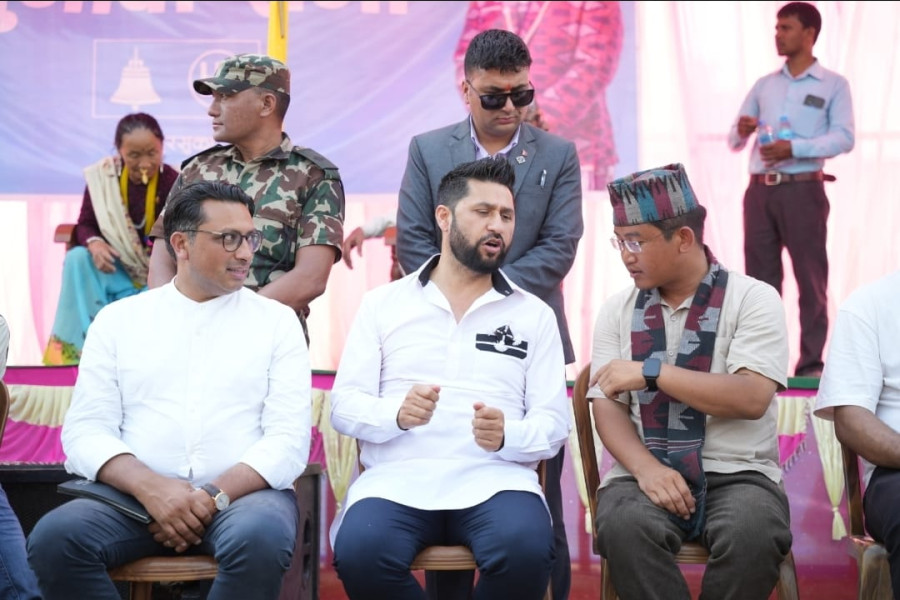Editorial
RSP after Ilam
Congress and UML continue to be the mainstays of Nepali politics. They are still hard to challenge.
Even at the risk of excess generalisation, the resounding win of CPN-UML’s Suhang Nembang in Ilam-2 federal constituency and the concomitant failure of the Rastriya Swatantra Party candidate Milan Limbu is being endlessly analysed. Following its stellar showing in the 2022 general elections and the 2023 by-elections, many extrapolated a mighty electoral success for the RSP in the years ahead. In their reckoning, the party was expected to challenge the Nepali Congress and the UML, the two mainstays of post-1990 Nepali politics, in the national elections due in 2026. It still might. Yet the failure of its candidate in Ilam-2 to even recover his election deposit after failing to get at least 10 percent of valid votes suggests that the message of change the RSP champions has not quite percolated down to the grassroots. Perhaps some prospective voters were put off by the RSP chair Rabi Lamichhane’s untiring quest to get into the government and his involvement in various scams. Nor did it have the kind of robust party organisations the UML and the Congress do.
The UML in particular boasts of an unrivalled party organisation that is connected to the lowest rungs of society. Come election time, no other party is as good at marshalling its cadres. The UML also benefits from a stable left-leaning voter-base, with roughly half of all votes cast in the country going to leftist parties in each election. This by-election, Suhang Nembang must also have gotten many sympathy votes, standing as he was in lieu of his late father, Subas Nembang. Nonetheless, the election results of both Ilam-2 and Bajhang-A (with the UML and the Congress polling in first and second in each place) suggests that the main contest in Nepal will continue to be between the Congress and the UML for some time. Any other force will struggle to come anywhere close. Again, new outfits like the RSP and the Janamat Party are only just throwing down their roots across Nepal.
Yet there are some fundamental challenges for the RSP or any new force. For instance, how does any force challenge the Congress-UML duopoly without resorting to extremist positions or ideologies? Despite their many faults, both the Congress and the UML are tried and tested moderate forces. Nepali people have time and again shown that they have little appetite for extremism, whether on the right or the left. At the same time, people are clamouring for change, as there is significant disgruntlement with the Congress and the UML. The problem is that most Nepali voters right now see no new credible alternative to the old parties. The RSP can be that force. It would be too early to write of its demise on the basis of one electoral loss. But some soul-searching is certainly warranted. Lamichhane is popular, but his murky past also makes people ambivalent. Moreover, the strategy of the old parties to pull the RSP into the grimy business of governing the country and portray it as just another power-hungry party might be working. The party can either be a part of the old establishment or an alternative force for change. It cannot be both.




 15.28°C Kathmandu
15.28°C Kathmandu














